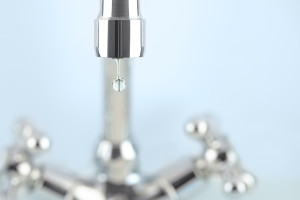Urinary incontinence is a very common problem affecting as many as one million people in Australia. Many of these people suffer in silence unnecessarily, since incontinence can be managed and treated in most cases. The following information should help you discuss this condition with your urologist and what treatments are available to you.

Download pdf here : Incontinence – Information for Patients
Download pdf here : Incontinence FAQs
Male urinary incontinence is usually secondary to surgery on the prostate gland such as a radical prostatectomy or less commonly, a TURP. The incontinence is usually ‘stress urinary incontinence’ with leakage of urine on coughing or sneezing and is due to damage to the urinary sphincter (the muscle around the urethra which keeps the bladder from leaking).
Specialised testing such as urodynamics can help confirm the diagnosis.
Urinary incontinence in men is surprisingly common but is not often discussed. In reality it is a very treatable condition and not something that should be accepted after prostate surgery.
The first line in therapy is always pelvic floor retraining with a physiotherapist.
If conservative management fails, operations such as the Advance Sling, Atoms Sling and the Artificial Urinary Sphincter may be appropriate after discussion with your urologist.
Overactive bladder or OAB is a common condition affecting men and women and can cause incontinence associated with urinary urgency. In men it can be a result of outflow obstruction from benign prostatic hyperplasia (BPH).